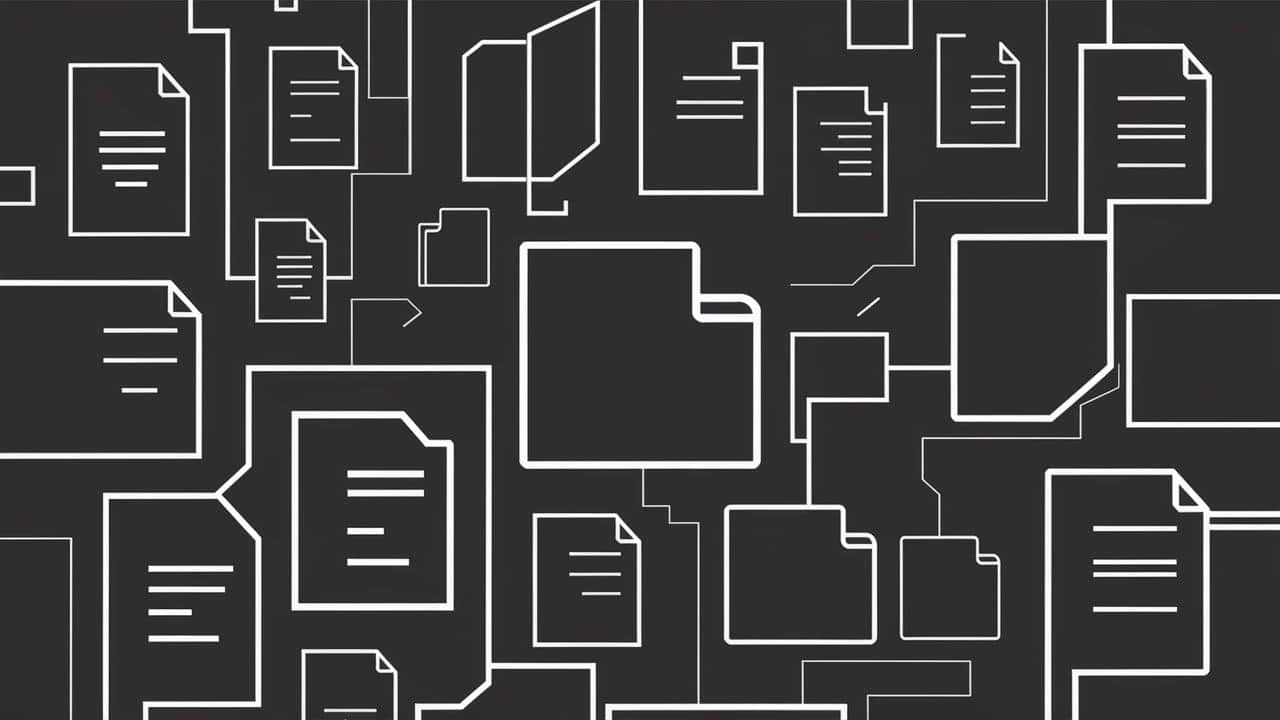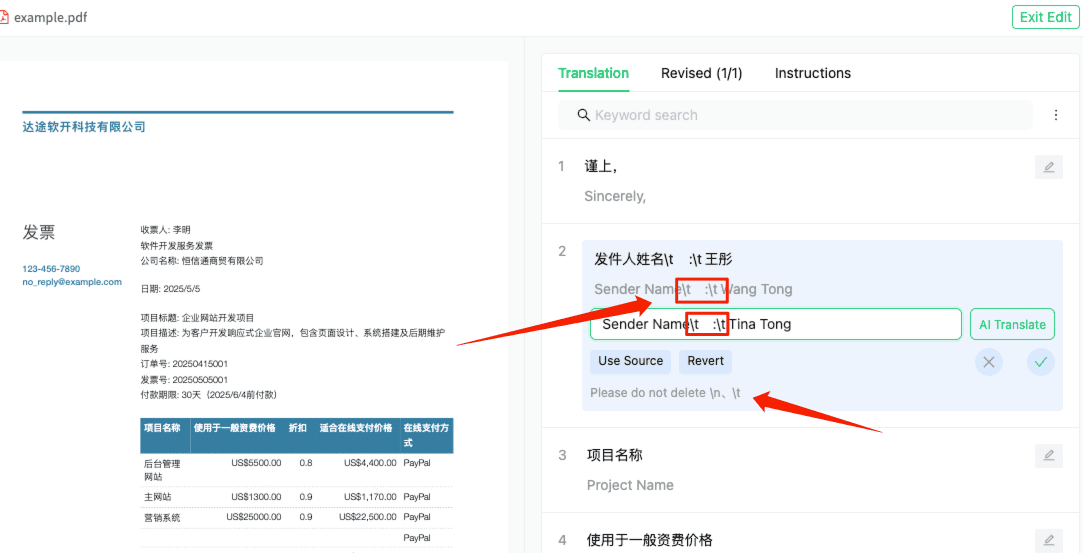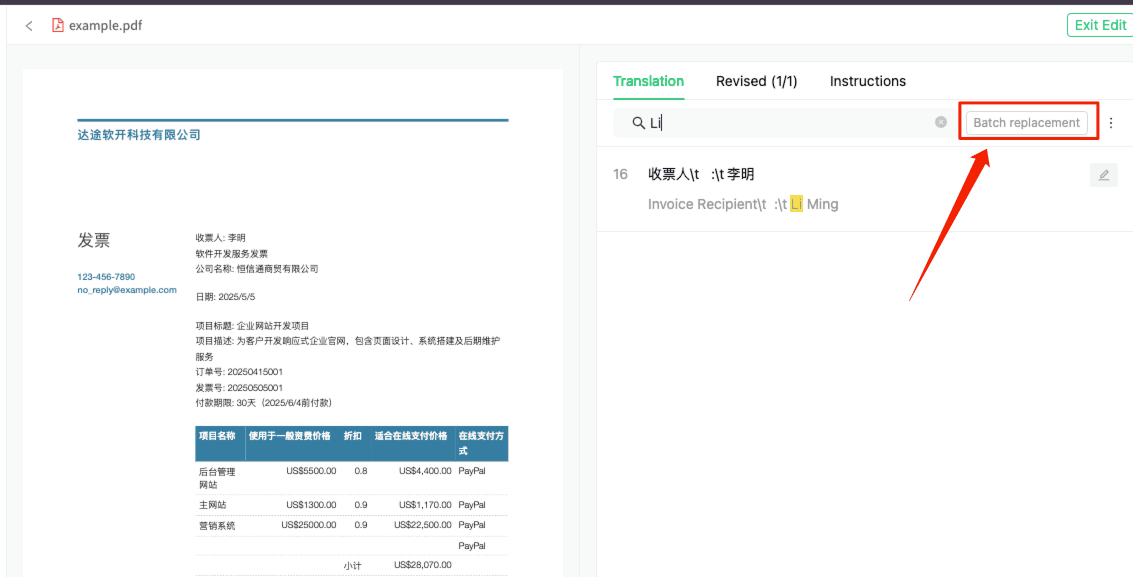Beyond Automation: The Critical Role of Human Post-Editing in Perfecting AI Translation

DL.Translator
Oct 17, 2025

Abstract
While machine translation powered by large language models (LLMs) has made revolutionary advances, the precise judgment and post-editing of expert professionals remain indispensable in ensuring quality for high-value professional translation, upholding a refined brand voice, and navigating complex cultural contexts. This article offers an in-depth analysis of the inherent limitations of AI translation and details how the DL.Translator platform, through its robust human revision features—including refined lexical calibration, batch terminology replacement, and source text preservation strategies—enables organizations and professionals to optimize translation workflows, bridging the 'last mile' between AI-generated output and exceptional translations, thereby achieving precise, compliant, and highly consistent global content delivery.
Bridging the Final Frontier of AI Translation: How Professional Post-Editing (MTPE) Achieves Exceptional Delivery
Advanced AI translation models, such as GPT-4 or Gemini Pro, now deliver industry-leading translation quality and fluency, at times approaching the level of professional human translators in specific scenarios. Nevertheless, when absolute precision, the conveyance of subtle brand tone, or the management of complex localization contexts is required, machine-generated output alone still falls critically short of the standard of excellence.
Machine intelligence, by its very nature, lacks human experience, common sense, ethical judgment, and deep emotional insight. Therefore, in contexts with rigorous compliance and quality requirements, the involvement of human experts—completing this crucial Translation Quality Control (TQC) loop—becomes indispensable. This is precisely the strategic foundation of the DL.Translator platform’s professional human revision capabilities: we firmly believe that leading AI translation technology must be augmented by human expertise and judgment to deliver truly flawless multilingual content assets.
Why do even the most advanced AI translations still require professional human judgment?
Even with state-of-the-art AI engines, in specific globalization (G11n) scenarios, the intervention of Machine Translation Post-Editing (MTPE) is not only necessary but also irreplaceable.
-
Zero Tolerance in Specialized Domains In highly specialized areas such as law, medicine, finance, and cutting-edge technology, even the slightest variation in terminology can give rise to significant legal or commercial risks. The technical terms and set expressions found in contract provisions, technical manuals, and patent literature require absolute translation precision. Expert human revision is the ultimate safeguard to ensure professional rigor, achieve compliant delivery, and mitigate potential risks.
-
Accurate Brand Voice Delivery In marketing, brand storytelling, and creative copywriting, the objective extends far beyond “correct” translation; it is to achieve evocative and truly localized expression. A brand’s distinctive tone of voice, style, and inherent emotional value are linguistic assets that AI cannot easily or profoundly replicate. Through professional post-editing, you can ensure that every sentence faithfully conveys your brand narrative, achieving effective brand management and fostering deep emotional connections with your global target audience.
-
Deep Insights in Cultural Context When translations involve cultural metaphors, ambiguous expressions, or address sensitive social, ethical, or political topics, AI may produce misinterpretations or critical errors due to its lack of deep cultural awareness and common-sense reasoning. Only human experts can deeply discern the nuances embedded within the text and the complexities of cultural context, enabling the most appropriate cross-cultural communication adaptation. This ensures effective management of localization risks and helps prevent cultural misunderstandings or even commercial disputes.
Shangyi AI Translation Workflow: Three Steps to Achieve Precise Optimization
Within the DL.Translator platform, the processes for human revision and content review are designed to be both efficient and intuitive. Taking the document shown above as an example, which requires five revisions, we will demonstrate how translation proofreading can be completed swiftly.
Step 1: Edit each item to fine-tune specific vocabulary
When a word or sentence translation falls short of expectations, precise adjustments can be made effortlessly:
- In the editing interface, locate the specific entry that needs adjustment.

- Click the “Edit” button on the right side of the entry.

- Enter the target translation directly into the input field, then click “Confirm” to save your revision.

- Once all necessary edits are complete, select “Retranslate” (this action does not require any additional credits).

Professional Tip: You may observe special symbols such as n or t in the text. These are format control characters that ensure the original paragraphing and indentation are preserved. Please be sure to retain them during editing to avoid compromising the layout fidelity of the final document.

Step 2: Batch Replacement to Ensure High Terminological Consistency
Individually editing frequently occurring personal names, organization names, or key terms within the document is inefficient. In such cases, the ‘Batch Replace’ function plays a crucial role.

Simply enter the source text and the target translation to replace all matching entries with a single click. This not only dramatically improves efficiency, but also serves as a key means of ensuring overall terminology consistency throughout the document. To achieve a higher standard of professional translation consistency, we strongly recommend using DL.Translator’s Terminology Database feature (Terminology database), which is an essential tool for building and maintaining your organization’s language assets.
Step Three: Retain Source Text to Address Non-Translatable Content
In certain localization scenarios, specific content—such as text on company logos, contract seals, code blocks, or particular identifiers—must be preserved in its original form and should not be translated.
At this point, simply click the “Use Original” option to restore the entry to its untranslated, original content. This feature is particularly convenient when handling sensitive text and images that must be preserved in their original form.
Revision Management: Draft Functionality and Seamless Retranslation
During your post-editing process, all modifications that have been saved but not yet applied to the final document are automatically stored by the system as drafts. You can clearly view these pending changes under the 'Revised' tab.
Once you have confirmed all adjustments are complete, click the “Retranslate” button, and the Shangyi AI system will apply all your drafts (that is, all revisions) to the final translated document in sync.
Please note the following 're-translation' process in this application:
- Completely free of charge: You may modify and regenerate as often as needed until you are fully satisfied with the results, without concern for any additional costs.
- Generate New File: The system creates a completely new translated document each time, never overwriting any of your previous versions, thereby ensuring that the revision process is secure and fully traceable.
This workflow grants you the role of Translation Project Manager, empowering you to refine every detail freely through multi-model AI comparison and meticulous post-editing.
From Excellence to Greatness: Empowering High-Quality Global Delivery
As demonstrated above, with just a few straightforward and intuitive steps on the DL.Translator platform, an AI machine translation draft—originally containing flaws—can be transformed into a precise, professional, and perfectly localized final deliverable.
AI translation technology has laid a solid foundation for efficient translation—potentially accomplishing 99% of the process—while DL.Translator’s specialized human revision features serve as the critical tool to complete the remaining 1% and achieve exceptional translation quality. Welcome to experience it immediately and personally craft flawless professional translations.



